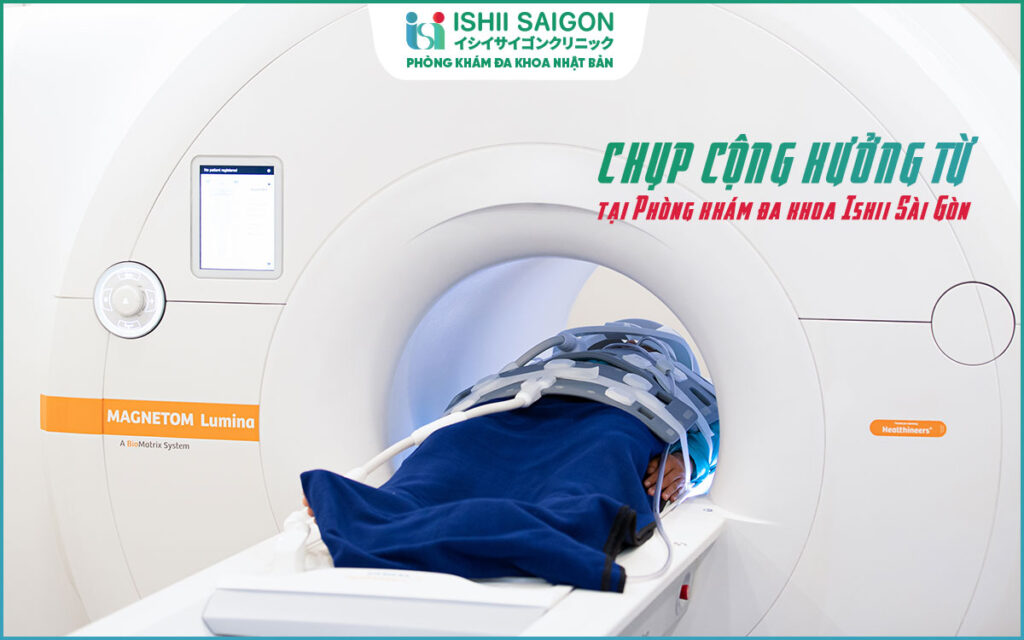
Definition of Magnetic Resonance Imaging (MRI)
Definition and Operating Principles
Magnetic Resonance Imaging (MRI) is a non-invasive medical technique that uses strong magnetic fields and radio waves to produce detailed images of the inside of the body. The operating principle of MRI is based on the ability to alter the magnetism of hydrogen molecules within the body when placed in a strong magnetic field, allowing for detailed imaging of structures such as soft tissues, the brain, muscles, and bones. Unlike X-ray or CT scans, MRI does not use ionizing radiation, helping to reduce risks associated with radiation exposure.
Comparison with Other Imaging Diagnostic Methods
MRI stands out compared to other imaging diagnostic methods such as CT (computed tomography) and X-rays due to its ability to provide detailed images of soft tissues, aiding in the detection of conditions affecting the brain, spinal cord, muscles, and other complex structures. While CT and X-rays are often more suitable for evaluating bones and hard structures, MRI is more beneficial in diagnosing conditions in organs such as the brain, liver, and musculoskeletal system.
History of MRI Development
Key Advances in MRI Technology
Since its invention in the 1970s, MRI technology has made remarkable strides. Initially, MRI could only produce two-dimensional images with relatively limited resolution. However, with technological advancements, today’s MRI machines can provide high-resolution, three-dimensional images, enabling more accurate and detailed diagnoses.
The Impact of MRI on the Healthcare Sector
MRI has not only transformed the way diseases are diagnosed but has also opened up new possibilities in medical research. The use of MRI has helped minimize unnecessary surgeries, enhance the effectiveness of treatment planning, and improve the quality of healthcare for patients. In particular, MRI has become an indispensable tool in diagnosing and treating neurological disorders, cancer, and musculoskeletal conditions.

Main Applications of Magnetic Resonance Imaging (MRI)
Diagnosis of Neurological Disorders
MRI plays a crucial role in diagnosing neurological disorders, particularly those affecting the brain and spinal cord. With its ability to provide clear images of the brain, MRI aids in detecting issues such as strokes, brain tumors, and other neurological disorders.
Assessment of Joint Injuries
In sports injuries or musculoskeletal conditions, MRI is used to assess the status of injuries to ligaments, tendons, and muscles. MRI helps doctors accurately detect injuries and infections without the need for invasive surgery.
Detection and Monitoring of Cancer
MRI is also widely used in the diagnosis and monitoring of cancer. From brain tumors to breast cancer, MRI aids in the early detection of tumors, thereby improving treatment efficacy. Additionally, MRI helps monitor cancer progression, assisting doctors in adjusting treatment methods accordingly.
Benefits of Magnetic Resonance Imaging
Non-invasive and Safe for Patients
One of the standout advantages of MRI is that it is non-invasive and does not use ionizing radiation, making it safe for patients, particularly children and pregnant women. This makes MRI the top choice for patients requiring long-term diagnoses or multiple medical imaging sessions.
Provides Detailed and Clear Images
MRI provides high-quality, detailed images, especially of soft tissues, allowing doctors to detect small lesions that may not be visible on CT or X-rays. Thanks to this capability, MRI has become a valuable tool in the early detection of complex conditions.
Supports Effective Treatment Planning
MRI provides doctors with a comprehensive view of the patient's condition, enabling more effective treatment planning. For complex conditions such as cancer or brain injuries, MRI offers detailed data that assists doctors in developing optimal treatment regimens and monitoring disease progression.
Procedure for Performing Magnetic Resonance Imaging
Preparation Before the Scan
Before undergoing an MRI, patients are typically required to follow instructions from the doctor, such as fasting before the scan and removing all metallic items from their person. The doctor will also inquire about the patient's medical history and health status to ensure safety during the procedure.
Process of Performing the Scan
During the scan, the patient lies on a movable table that is gradually positioned inside the MRI machine. This process typically lasts from 15 to 60 minutes, depending on the area being scanned. Patients need to remain still to ensure the best image quality.
Monitoring and Post-Scan Management
After the scan, the images will be analyzed by a specialist to draw conclusions. In some cases, the patient may need to be rescanned if the images are of poor quality due to movement. If contrast agents are used, the doctor will provide the patient with guidance on monitoring and follow-up measures.
Who Should Undergo Magnetic Resonance Imaging
Patients with Suspected Symptoms
Patients with suspected symptoms such as persistent headaches, sudden memory loss, or signs of musculoskeletal or soft tissue damage should consider undergoing an MRI. This method helps detect conditions that may not be identified by other diagnostic methods.
Individuals with a Complex Medical History
Patients with a complex medical history, such as cancer, neurological disorders, or musculoskeletal issues, should also undergo regular MRI scans. This helps monitor the condition and detect any complications early.
Risks and Limitations of Magnetic Resonance Imaging
Allergic Reactions to Contrast Agents
Although very rare, some patients may experience allergic reactions when using contrast agents. Therefore, before undergoing an MRI, patients need to inform their doctor about any history of allergies or related health issues.
Risks of Strong Magnetic Fields for Implanted Devices
MRI can affect metal implant devices such as pacemakers and cochlear implants. Doctors need to evaluate and consider these factors before performing the scan on patients with implanted devices.

The Future of Magnetic Resonance Imaging (MRI) in Medicine
Advanced Technology and Technical Improvements
MRI technology is continually being improved to reduce scanning time and enhance image quality. Technologies such as functional MRI (fMRI) and magnetic resonance spectroscopy (MRS) provide additional information about organ function and metabolic levels.
New Research and Potential Applications
MRI is also being applied in various fields of medical research, from biological studies to clinical trials. New applications of MRI in research promise to provide additional tools and methods for diagnosing and treating diseases.
Magnetic Resonance Imaging in Medical Research
The Role of MRI in Clinical Trials
In clinical trials, MRI plays a crucial role in assessing the effectiveness of new therapies and observing changes in diseased tissues over time.
Applications of MRI in Biological Research
MRI is also used in biological research, providing a better understanding of disease development and biological processes. This opens up the potential for developing new treatment methods in the future.
Magnetic Resonance Imaging has been and continues to be an important tool in medical diagnosis and treatment due to its ability to provide detailed and safe images for patients. With ongoing advancements in technology, MRI promises to offer many new applications, not only in clinical settings but also in medical research.






